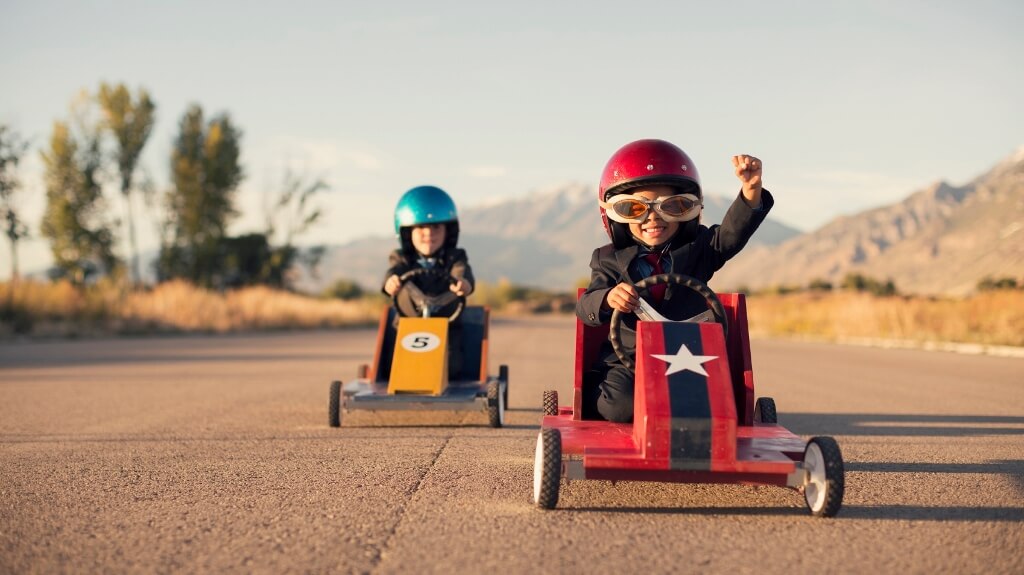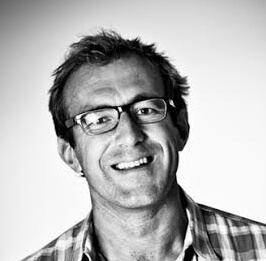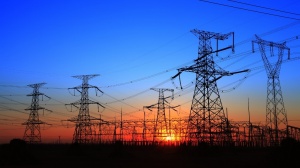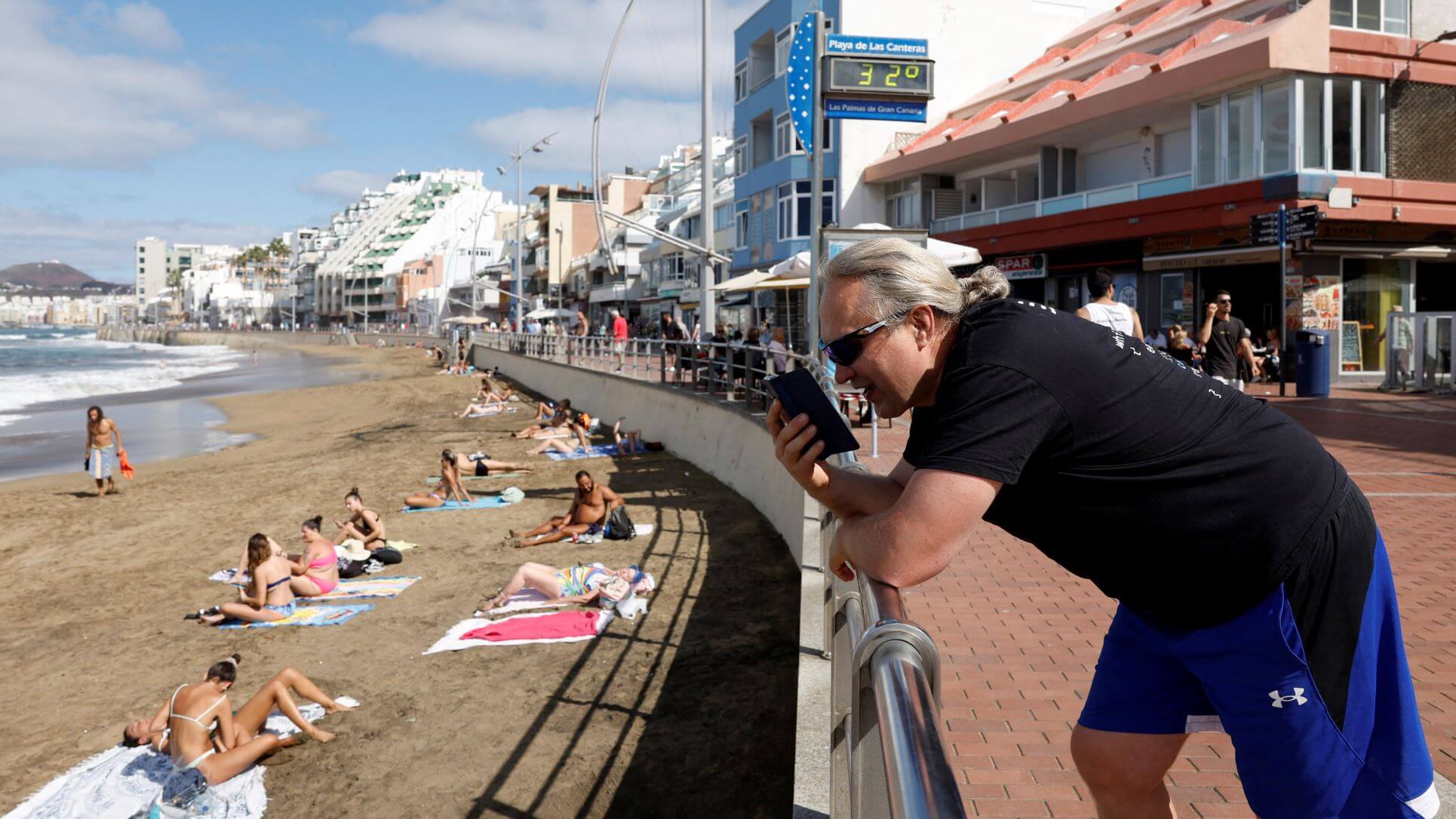A productive creative session requires a burst of energy from your team. Here's how to get them in the mood.
How To Deliver A Productive Creative Session
A productive creative session requires a burst of energy from your team. Here's how to get them in the mood.

If I could only give one tip for unlocking personal creativity, I would say it was all to do with energy. Get the energy right and creativity just oozes from every pore, it feels natural, easy and fun. Neglect it and it can feel like pulling teeth.
Creative thinking demands your A game, nothing else will do.
Thinking outside of the box is an exhausting process as it requires us to drop our comfortable (and mentally easy) habit loops and operate on a more focused and diverse level. We need to be mentally unrestricted. That’s hard work. The brain uses more energy than any other human organ; up to 20% of the body’s total haul. So getting the set up right before starting a creative session is vital.
At Upping Your Elvis we help people unleash their innate creative genius (which we all have). Having worked with 1000s of people, my biggest realisation is that, unfortunately, there is never the perfect time to run one.
People come with many agendas: The ‘not a morning’ person, the ‘what time is lunch’ person then the ‘post-heavy-carb-lunch-tired’ person and the ‘end of the day slumpers’. Guaranteed there will be one of each of these people in every session.
Most of us know the energy we want from a creative session. People bouncing in with a smile on their face, radiating a contagious, positive energy that’s focused on the task at hand. The room is full of playfulness and hope. This is our goal! How we get there takes a little practice.
As the facilitator at the start of any session you have choices on how to make this happen. One is to accept the energy that everyone has brought into the room, make do and work hard. This one usually leaves you exhausted and without a guarantee of results.
The healthy route is to always assume the energy is never going to be what you want. Even when you’ve asked the group if their energy is good, people’s stock answer is “fine” when it almost always is not. The best creative facilitators have the confidence to unapologetically do things to influence the energy of the group not just at the start, but throughout the session.
Here are some top tips to ensure you get the energy right to deliver a successful creative session:
Environment
Beware the clichéd creative environment of beanbags and sofas. You want people’s energy to be focused and for me, although it signals the right behaviours, ‘sitting soft’ (as my northern wife calls it) quickly drains energy…comfortable does not necessarily equal productive.
That said, classic meeting rooms, with the formal table, chairs, flip chart combo is a big “no, no”. A table between you acts as a barrier and invites people to place their portfolio of tech gadgets in front of them, all of which create a distraction. Never just accept the space you walk into, with a little effort you can make even the dullest space fit for purpose.
Avoid having ‘breakout rooms’. Better to create a little chaos in one space where people can feed off the group energy; the back ground noise also makes it easier for people to feel comfortable to express their ideas.
It Starts with You
Ghandi once said "be the change you want to see”. Whatever the energy is you want from the group, you need to personify. Don’t mirror the energy of the group. To avoid being inauthentic by leaping in with a jarring opener, pause and read the room. Ask yourself ‘what is needed here?’, then react using your emotional intelligence to get them where you want people to be.
Check In
I always like to start my sessions by asking everyone to score their energy between 1-10 and explain why. It takes a few minutes, but it gets everybody’s voice in the room and gives you a sense of what you’ve got to work with and ‘what is needed here?’.
Energisers
Tread with care as you can quickly invite the cynic into the room by doing too many party games. Done well, smartly designed energisers that ideally have some relevance to the content are invaluable in injecting energy, fun and a fresh perspective. They should be quick, simple and the facilitator should always role model and go first!
Ones that work best for us at Upping Your Elvis are sit straight, smile and take 3 deep breaths; take a quick walk around the block or play some loud music. The aim is to get people’s energy alive again.
Lots of Breaks
Design your sessions with lots of short breaks. Our brains are not designed to remain focused for very long periods of time. Personally, I start to lose energy and focus after about 25 minutes.
The Pomodoro Technique was developed in the 1980s in response to research about declining productivity rates and mental agility. It works around a 25-minute cycle with short breaks. Get people outside in the break if you can, feed and water them healthily and re-energise them when they come back into the room.
Keep Everything Dynamic
Small groups are key. Keep things mixed up so it changes the dynamics. If you have 12 people in a room, break them into pairs to have ideas, then into threes, then on their own. Small groups mean people can’t opt out. And if people have been sitting down for a while, run the next session standing up, or going for a walk.
When we sit all our energy pools in the bottom half of our bodies. When we stand we get 15% more blood circulating through the brain; more blood; more oxygen; more energy.
Always keep them guessing, it jolts people’s minds back into focus.
Humour
Remember to not take creative sessions too seriously, even if they’re addressing serious issues. We spend 99,117 hours of our lifetime at work yet only six minutes a day laughing. We feel good when we laugh. It releases endorphines, sends oxygen to our brain and helps us relax and bond with others.
More importantly, when we are relaxed we access our subconscious, which is where all our best ideas come from. I never go and check in or worry about the groups that are having a laugh, it’s the groups that have gone quiet and are modelling furrowed brows that need my attention.
Aristotle said ‘the energy of the mind is the essence of life’. Get it right and relish the creative bounty.
Thanks for signing up to Minutehack alerts.
Brilliant editorials heading your way soon.
Okay, Thanks!




